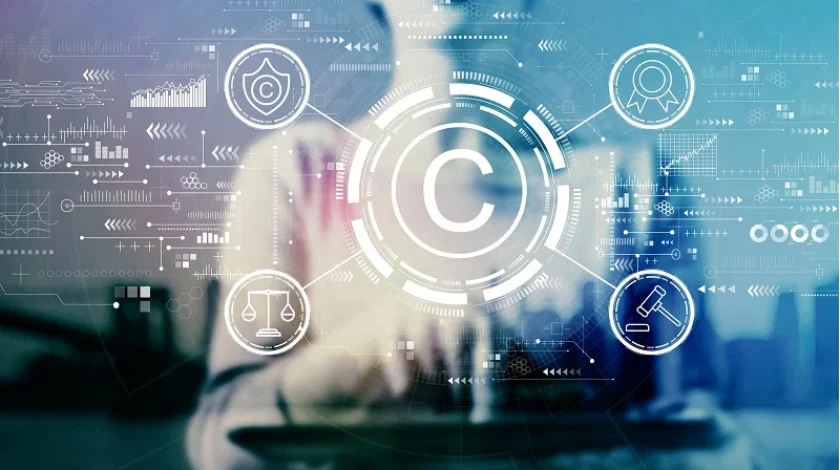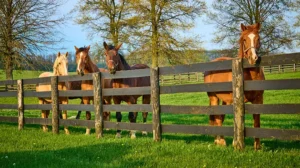A coalition of more than 350 civil society organisations, academics, and researchers have urged the World Intellectual Property Organisation (WIPO) to ensure that IP is a “support and not a hindrance” as the world attempts to overcome the COVID-19 crisis.
WIPO is currently under pressure to support the “Open COVID Pledge”, an initiative launched by leading research institutions including Harvard, MIT Kopenhagen University and Stanford urging companies to free their IP. A number of companies including Intel have followed suit. The Open COVID Pledge requires participants to publicly sign up and reproduce on their website the official pledge:
We therefore pledge to make our intellectual property available free of charge for use in ending the COVID-19 pandemic and minimizing the impact of the disease.
But what does that statement really encompass? It is so vague that it appears to raise more questions than answers. What is the IP to be made available – existing or developed or both? And what is meant by ‘for use in ending’ or ‘minimizing the impact’ of COVID-19?
One reading of the statement suggests that existing IP owned by participants could be used for the purposes of research directed at finding and developing a vaccine but what about the ultimate outcome? Who will own it?
Anyone versed in patent law knows that a main pillar of the system is that the invention disclosed by a patent application or as granted is ‘novel’. That is, the inventive features of the invention cannot have been published by document or act prior to application. But is this appropriate in the race for a COVID-19 vaccine?
While it would be nice to imagine that the researchers working night and day to develop a COVID-19 vaccine have nothing more than restoring our way of life on their plate, the reality is that the work costs money and typically the research institutes (public or private) will be (should be) thinking about ownership and commercialisation and that means the requirements of patent law and the nuances that exist between countries. Arguably, never before has harmonisation been so important to facilitate the fastest possible outcome to ensure a vaccine is not delayed in getting to the public due to the technicalities of patent law. The question becomes if we move away from the usual novelty requirements, what would be the compromise?
And then there’s the question of what could be protected. The Australian Patents Act, like many around the world, exclude the protection of by patent of ‘biological material’.
COVID-19 is currently understood to be a wild type of virus strain i.e. naturally occurring biological material. Typically, a virus found in nature will not be patentable subject matter. So, do we divert our research to accommodate the patent law to create a patentable, commercial vaccine or not? Genetic modification may be able to deliver a patentable product. The question is whether that requires a whole other process to be undertaken, and if it will impact on timing to deliver an available vaccine.
With time of the essence, we look to the World Health Organisation (WHO) and WIPO to show leadership, and while altruistic pledges of our leading institutions is important and should be supported, the aspiration is not the end. The details need to be considered and refined to achieve the dream.














